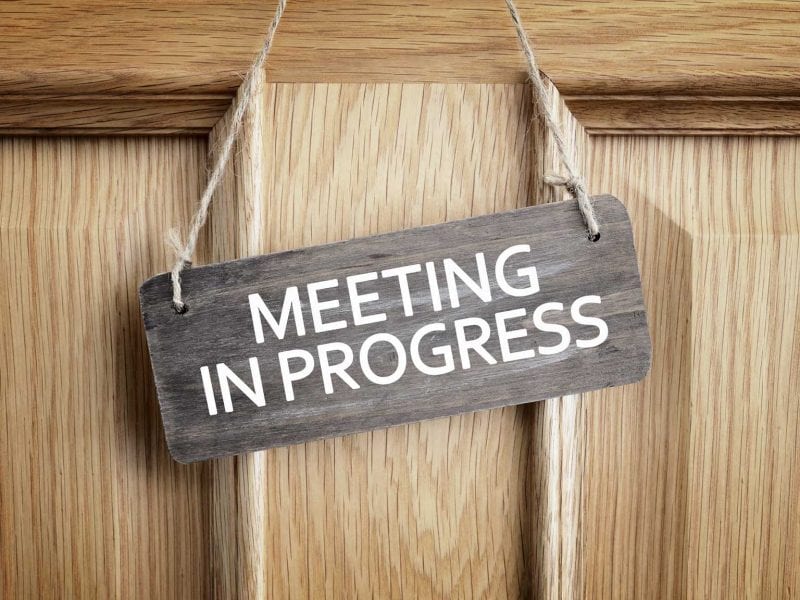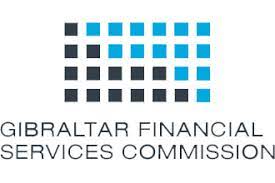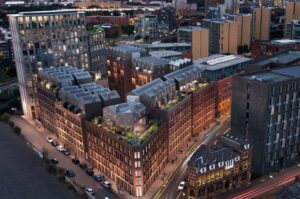How to make the most of creditors’ meetings

Most creditors assume they’ve lost all their money when a customer enters a formal insolvency procedure. That’s because few creditors understand how much they can influence an insolvency procedure by actively engaging at Creditors’ Meetings.
Creditors’ Meetings usually take place between 1 and 10 weeks after a company declares insolvency. At this meeting, creditors are:
- Told why the company collapsed
- Asked to appoint an insolvency practitioner (IP)
To maximise their leverage, it’s imperative that creditors attend or send a proxy to the first Creditors’ Meeting so they can unite with other creditors and develop a strategy.
Creditors must be proactive and work together
Individual creditors are disenfranchised and powerless. They only become formidable by amalgamating into a group with 1 powerful voice.
Insolvency & Law can take instructions on your behalf and represent your interests at Creditors’ Meetings. We galvanise creditors and tell them the real story about what’s going on with the insolvency.
Our primary objective is to empower creditors so they become proactive, and ensure their interests are being served.
There are basically 2 types of creditor. The first avoids Creditors’ Meetings because they don’t understand:
- The insolvency procedure
- What they can achieve
- The power they have
Few creditors realise they can achieve a much better dividend, and assert greater control in the procedure simply by:
- Engaging in the insolvency process
- Establishing a Creditors’ Committee (Committee of Creditors)
- Appointing their own insolvency practitioner (IP)
Creditor-appointed insolvency practitioners
We encourage creditors to appoint their own IP because creditor-appointed IPs tend to:
- Pay higher dividends
- Make insolvencies more transparent
- Investigate company directors more thoroughly
The second type of creditor avoids Creditors’ Meetings because they think they’re unlikely to get much back. For example, a creditor who estimates their dividend is £1,000 may say:
“There’s no point in getting involved with this insolvency because I’ll have to wait 1 year to collect my money. I may as well spend that time focusing on my business, which can earn me a lot more than £1,000.”
But what if there are 99 other creditors in that insolvency, and they’re all saying the same thing? If all 100 creditors are owed £1,000, the total amount due to them is £100,000.
That’s a lot of money. If all 100 creditors relinquish their dividends, their monies will probably get swallowed up in the IP’s fees. Surely, it would be better to donate that cash to a more worthwhile charity or cause?
Enjoyed this post? Read part 2 here
Gibraltar Financial Services Commission: A Lesson in Financial Regulation
The recent collapse of High Street Group and its security trustee, Castle Trust Management and Services, prompts a closer examination of regulatory practices. Along with…
Read MoreDe Trafford Third Party Recovery: An Update
The recent financial collapse of multiple DeTrafford property development companies hassignificantly impacted purchasers. As they navigate the consequences, a glimmer of hope arises asthe wheels…
Read MoreNorthumberland Living Developments: Allegations and Challenges
Northumberland Living, In West Chevington Farm, Druridge Bay, is a development poised for completion. Only to be stalled by an apparent unforeseen historical conveyancing issue.…
Read MoreSt Anne’s Street Limited: The Perils of Off-Plan Property Purchases
Two luxury housing developments in Liverpool have faced major setbacks, leaving purchasers indespair and dreams of new homes shattered. St Anne’s Street Limited and Chaloner…
Read More



